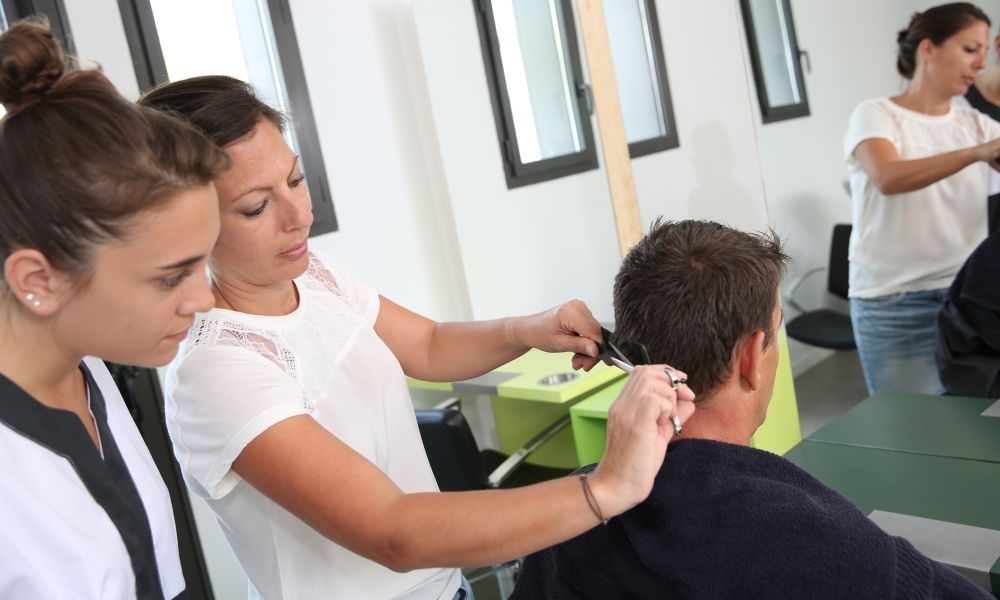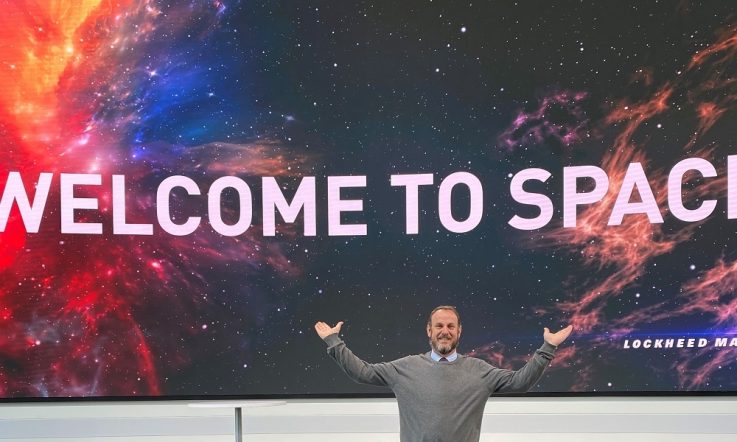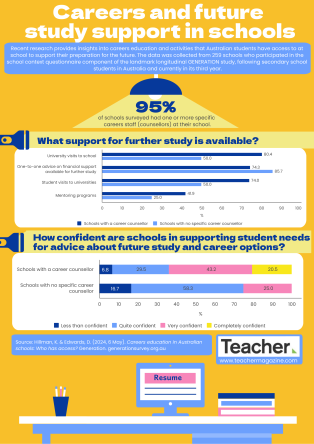The largest ever study on the job ambitions of 15-year-olds has revealed a stark mismatch between teenagers’ career expectations, education choices and labour market demands. In particular, the newly released OECD data show more needs to be done to help young people from disadvantaged backgrounds.
Almost 700,000 students from 81 countries were surveyed as part of the most recent Programme for International Student Achievement (PISA) test. They were asked about their career plans, the support they receive, and their thoughts on the future. The findings are shared in The State of Global Teenage Career Preparation report (OECD, 2025).
Student job expectations and education choices
At the webinar report launch, Andreas Schleicher – Director for Education and Skills at the OECD – said the percentage of students who expected to work as a ‘professional’ had increased from 47% in 2000 to 58% in 2022. The professional category is a major occupation group that has subgroups related to: science and engineering; healthcare; teaching; business administration; ICT; and legal, social and cultural professions.
‘I don't think it's a bad thing for young people to aspire to work as a professional. But then, your education, your investment in your future, needs to align with this – and this is where the trouble starts,’ he told the audience.
‘When we look at this alignment, we can see that there is a significant share of young people who want to become a professional, or who want to work in a job that requires a tertiary education, but who actually do not intend to study beyond secondary school. So, you can see their expectations in the labour market are not aligned with their educational choices.’
He added this misalignment is even higher for disadvantaged students; and even low performing students from privileged backgrounds have higher aspirations than bright students from disadvantaged backgrounds. ‘That is clearly a sign that we're not doing as good a job as we can to guide young people to fulfil their potential … What can we do about it? This is really where our career guidance comes in.’
Career development activities
By the age of 15, 39% of students are unclear about their career expectations – double the figure from 2015. The OECD report explains, ‘students who participate more in career development activities tend to have clearer career plans and better employment outcomes.’ At the launch, Schleicher highlighted findings in relation to several career development activities.
The data from PISA 2022 show, on average across the OECD, just over half of students surveyed said they had spoken to a career advisor either in or out of school; in Australia, around 70% of students reported doing so.
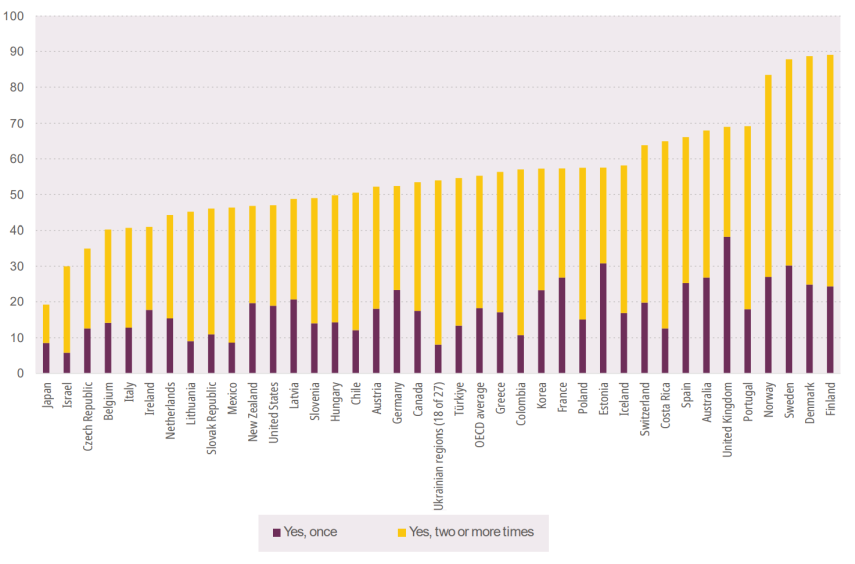
[Percentage of students who agreed that they had spoken with a career advisor either in or out of school. OECD countries, PISA 2022. Source: OECD, 2025. Figure 5.6]
At the report launch, the point was made that a lot can be done beyond the school gates to give young people a better perspective on the world of work – allowing students to meet real people in real jobs – but survey data show participation in these kinds of activities is not high.
When it comes to job shadowing or a work-site visit, Switzerland, Denmark and France are leading the way. More than 70% of students in these 3 countries reported participating in this career development activity at least once; in Australia only 36% of students reported doing so, which was below the OECD average.
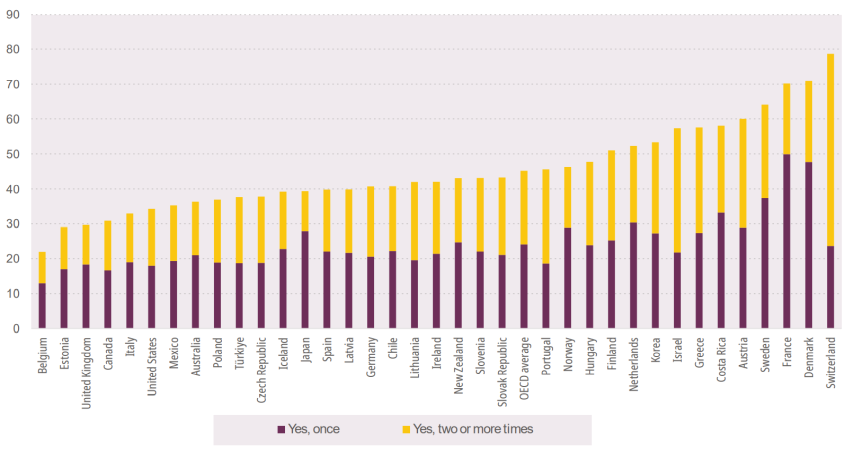
[Percentage of students who agreed that they had participated in job shadowing or a work-site visit. OECD countries, PISA 2022. Source: OECD, 2025. Figure 5.2]
Students were asked if they had visited a job fair. Switzerland and Denmark again led the way here, more than 60% participated at least once; in Australia just over 50% of students surveyed reported doing so, which was above the OECD average.

[Percentage of students who agreed that they had visited a job fair. OECD countries, PISA 2022. Source: OECD, 2025. Figure 5.3]
‘From longitudinal studies we know that engaging directly with people in work gives young people authentic insights into different occupational areas. Again, you cannot be what you cannot see,’ Schleicher said. Internships are another career development activity that students were asked about.
This is a common activity for students in Germany; more than 70% reported they had completed a short work placement; in Australia the figure was 47%, again, above the OECD average.
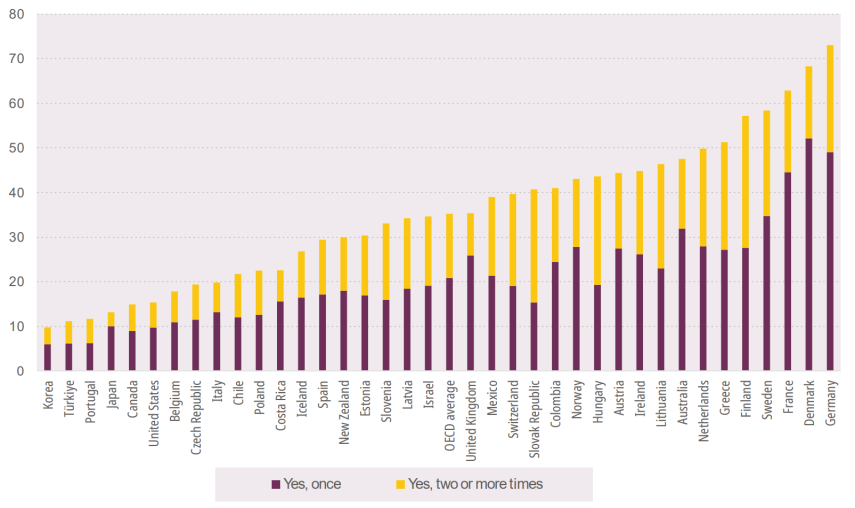
[Percentage of students who agreed that they had completed an internship (short work placement). OECD countries, PISA 2022. Figure 5.4]
As with other findings, more support is needed for disadvantaged students who are less likely to participate in these career development activities. ‘We don't currently make enough effort to target our best career guidance to the people who need it most, and to give those people who do not see a bright future for them or a future that is sufficiently different from the environment in which they live, the opportunities to do so,’ Schleicher said.
Preparing for life after school
The PISA 2022 survey also explored students’ attitudes to how well prepared they feel for the future, and how school has helped.
Across the OECD, 47% of students agreed that they worry that they are not prepared for life after compulsory education; 49% agreed school has done little to prepare them for adult life; 24% agreed that school has been a waste of time; and 33% disagreed that school has taught them things which could be useful in a job.
‘I think you need to learn a lot of things in school that may not have immediate utility in your life, but if young people perceive the entire schooling experience isn't getting them ready, I think we need to do something about that,’ Schleicher told the launch event.
Stay tuned: The State of Global Teenage Preparation report goes into more detail about the job preferences of 15-year-olds (including by gender) and how these have changed over time; Teacher will be exploring some of these findings in an upcoming infographic.
References
OECD. (2025). The State of Global Teenage Career Preparation. OECD Publishing. https://doi.org/10.1787/d5f8e3f2-en.
This report highlights the fact that not enough young people are participating in career development activities connecting them with real people in their workplace.
Think about your own school. How do you help students understand the opportunities open to them? Do you have connections with local businesses and industries? How could you work with employers to offer more on-site activities for students?
